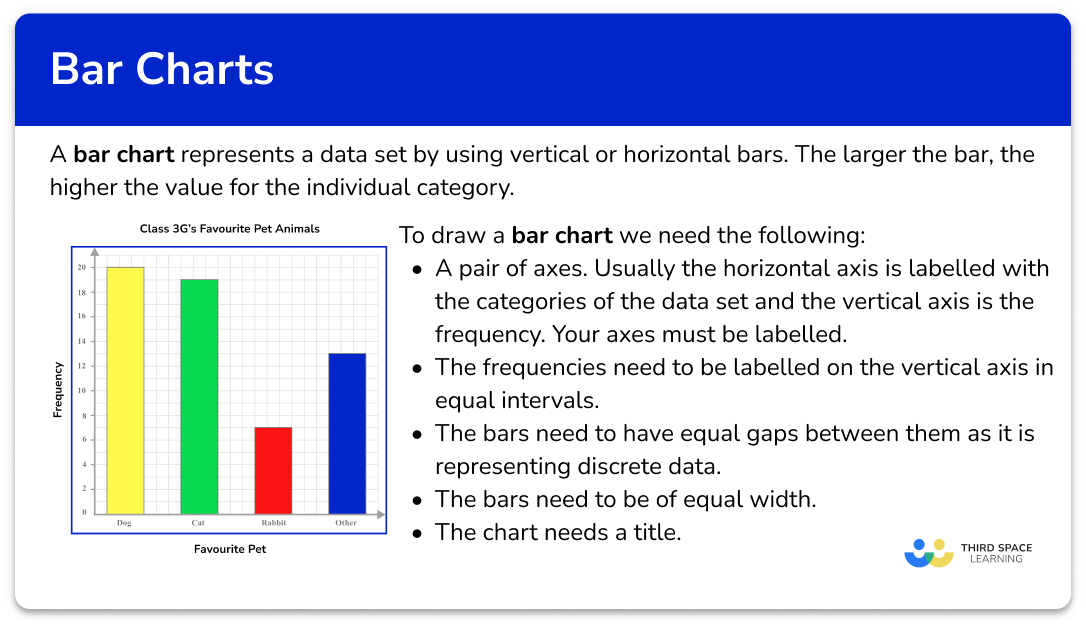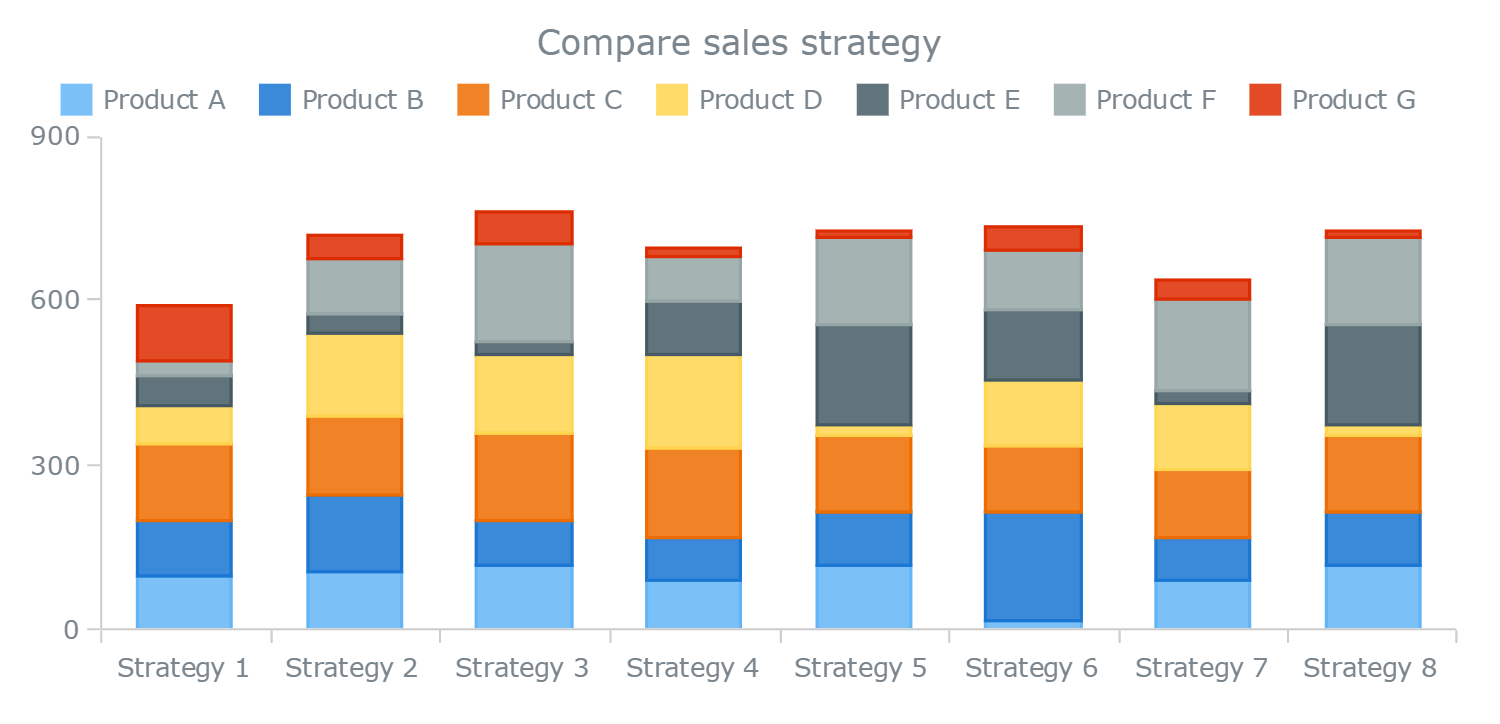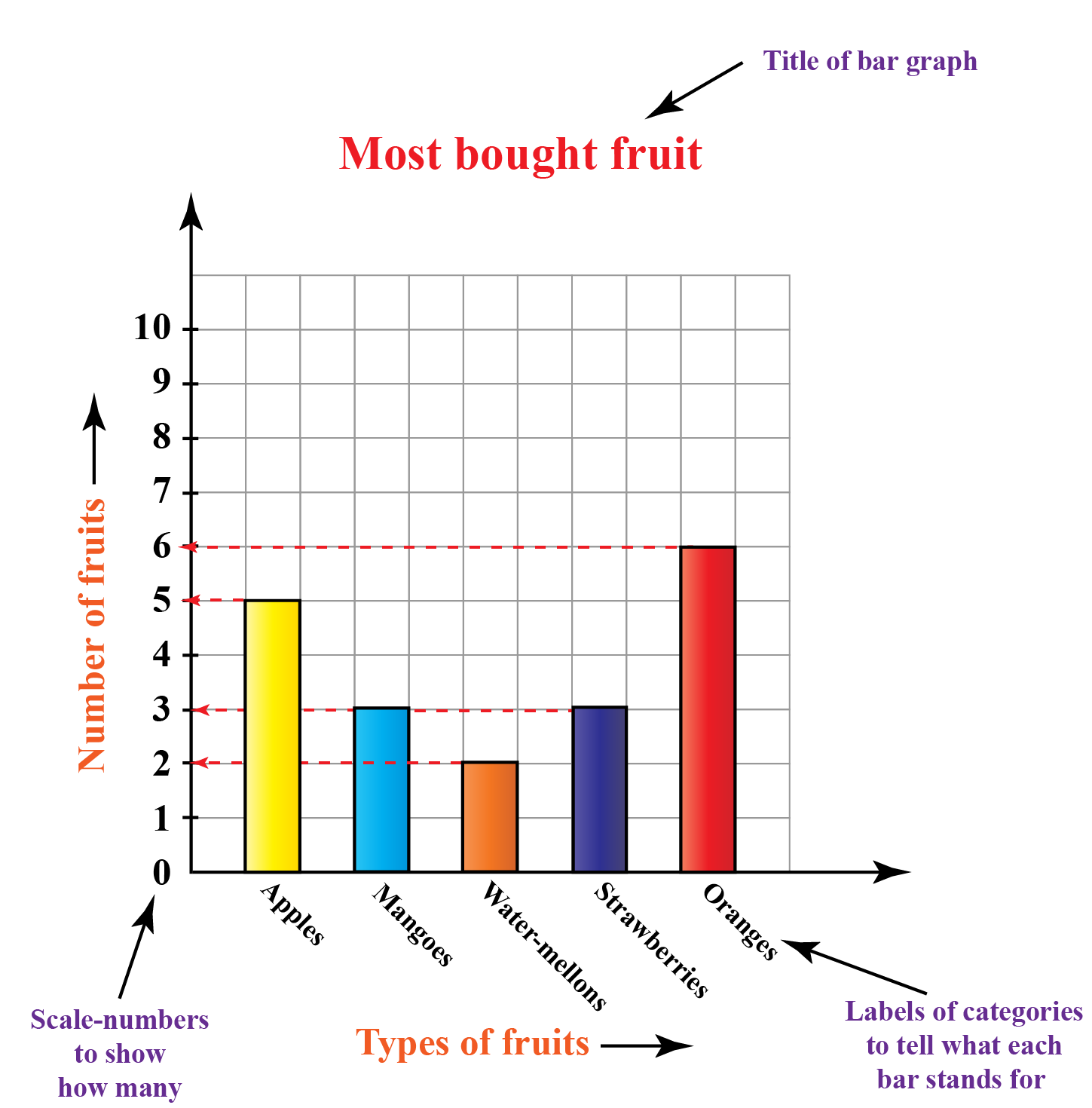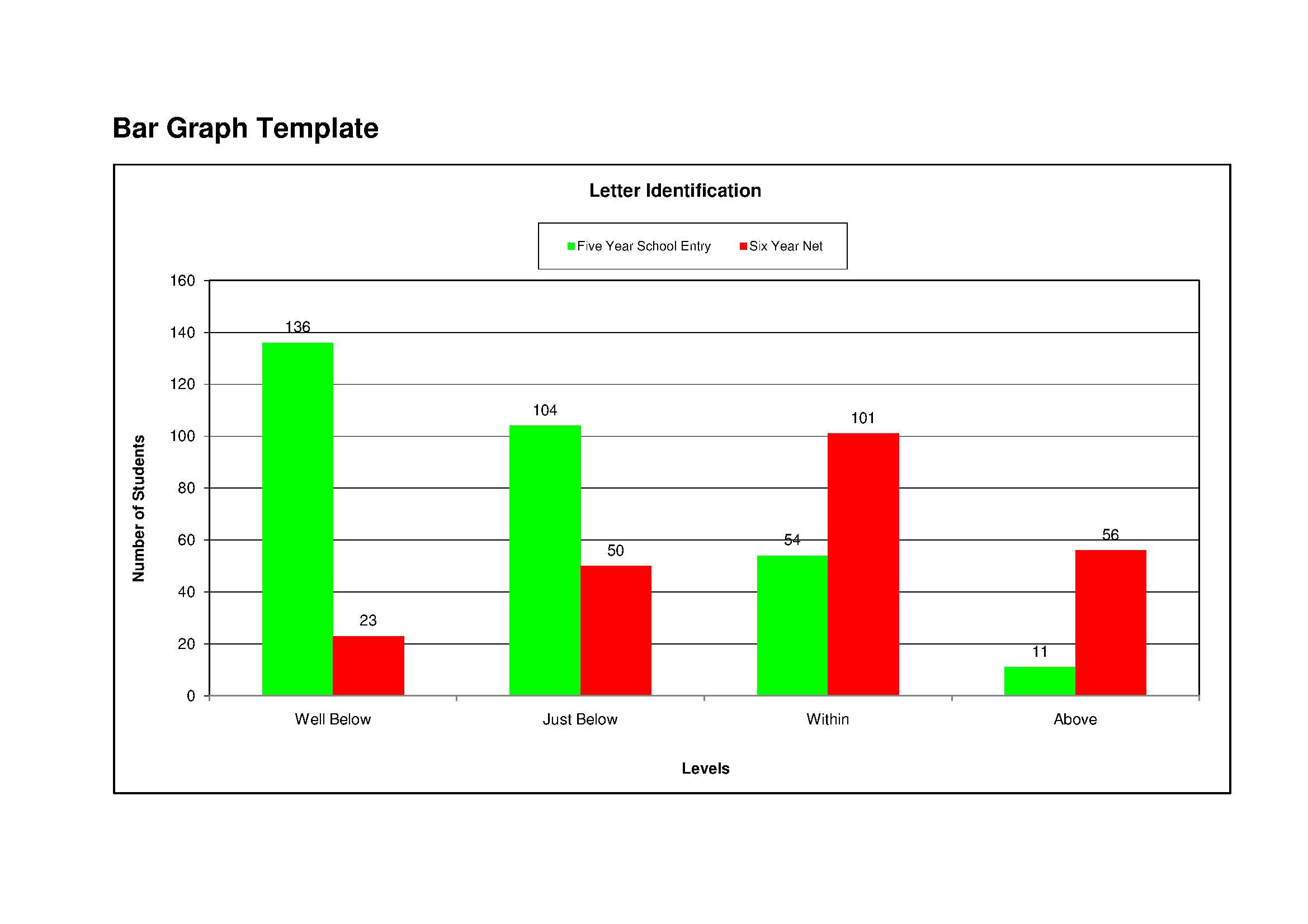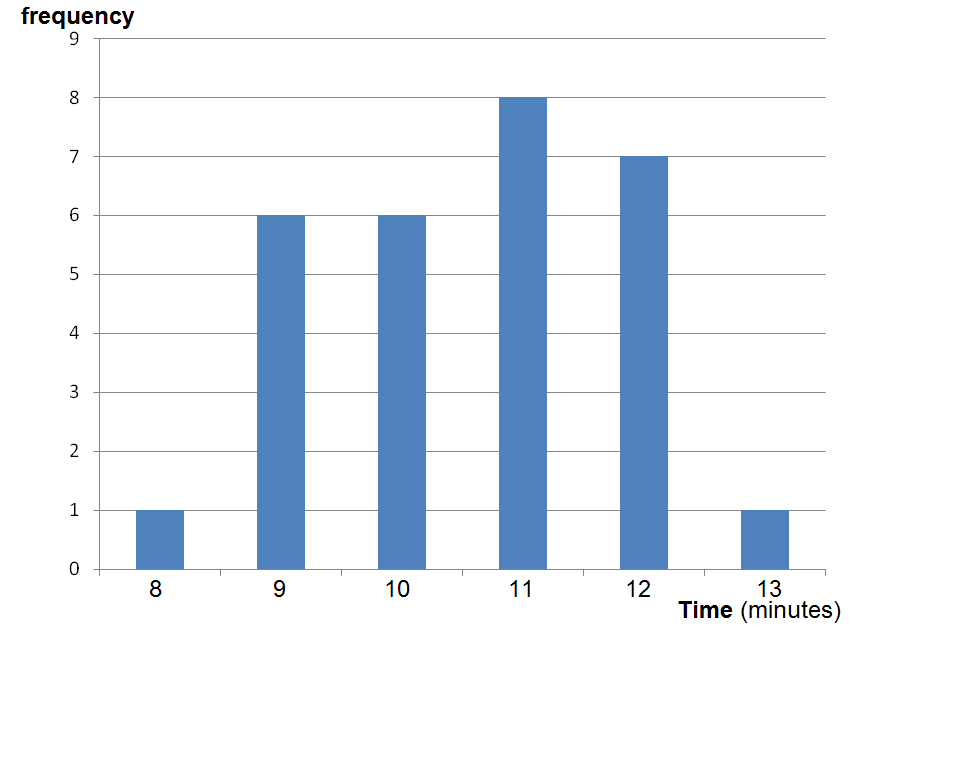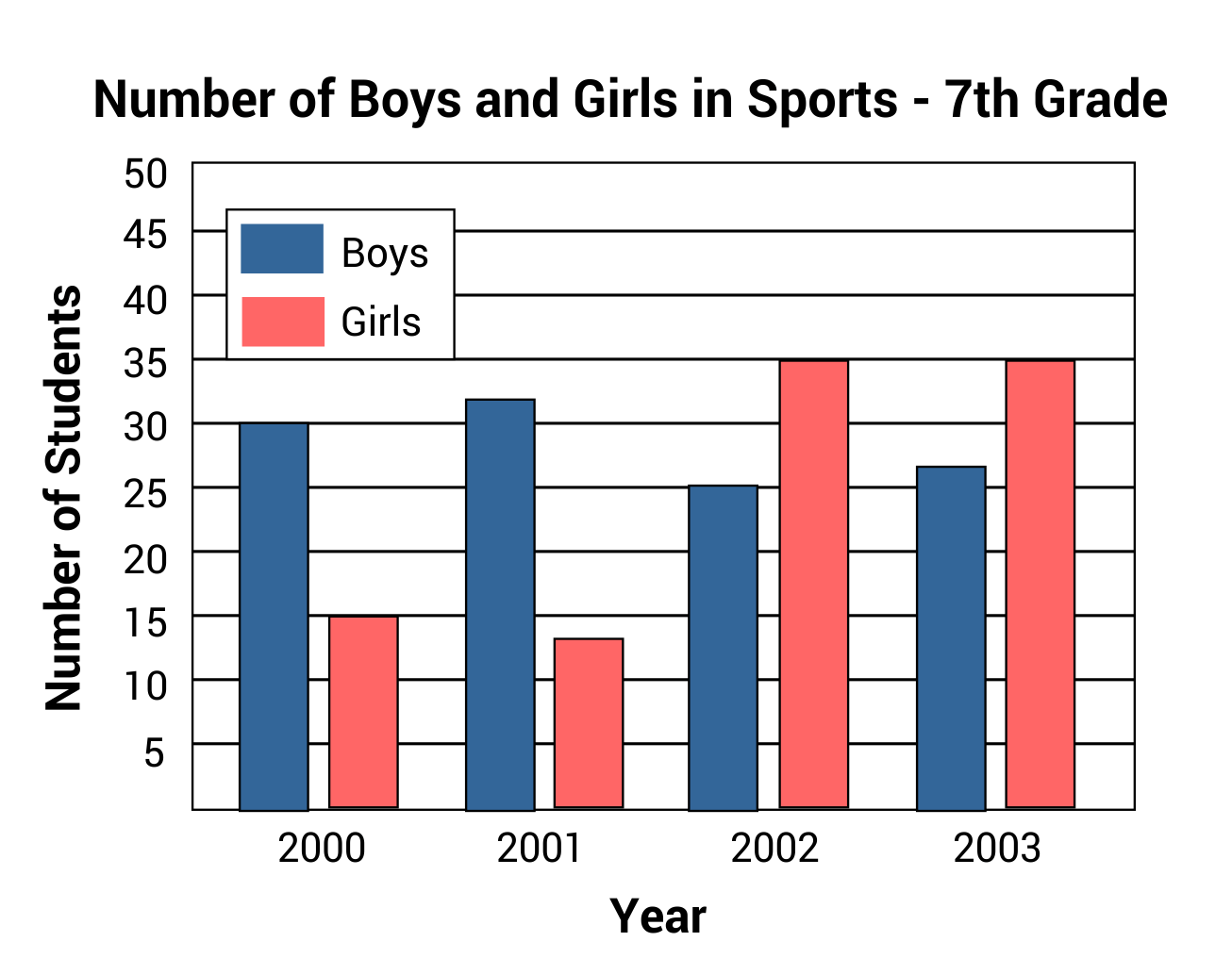Spectacular Tips About How To Interpret A Bar Chart Y Axis And X

Here we looking at bar charts and using the information to determine the measures of central tendency.
How to interpret a bar chart. When you describe chart data, be specific. Practical examples and use cases. Steps to interpret bar graphs.
A key that shows which bar represents which data is necessary to be able to read the bar chart properly. A bar graph (or bar chart) displays data using rectangular bars. From a bar chart, we can see which groups are highest or most common, and how other groups compare against the.
A bar chart is a simple and effective way to represent data. A bar graph (or bar chart) is perhaps the most common statistical data display used by the media. Label this axis with the different categories.
Learn how to use bar graphs to represent data efficiently with the help of some examples. A bar chart visually depicts the opening, high, low, and closing prices of an asset or security over a specified period of time. Mention the category and figure, e.g.
Use a ruler to draw a horizontal axis which is as long enough to record all of the categories. In the first paragraph, give basic details about the chart including what it shows, where it refers to and when. The horizontal line is called the.
In turn, using it empowers your audience to understand the insights and ideas suggested by the data. A bar chart (general) is a graphical representation of data using rectangular bars or columns to depict different categories or data points. For example, this bar chart compares the counts of different types of paint flaws.
Interpreting bar charts. The title shows you what you are interpreting. Online video streaming was the most popular format in 2017.
A trend is a change over time. What is a bar chart? What is a stacked bar chart?
Judge whether a bar chart or another graph such as a box plot would be more appropriate. The following bar graph shows the number of seconds that different rides last at the fair. Long vertical bars indicate significant price differences between the high and low of the period, signaling increased volatility.
Want to join the conversation? Let’s jump in and start laying the groundwork for creating compelling visualizations in the form of bars! A bar chart, also known as a bar graph, is a graphical representation of data using bars of different heights or lengths to show the frequency, distribution, or comparison of categories.



